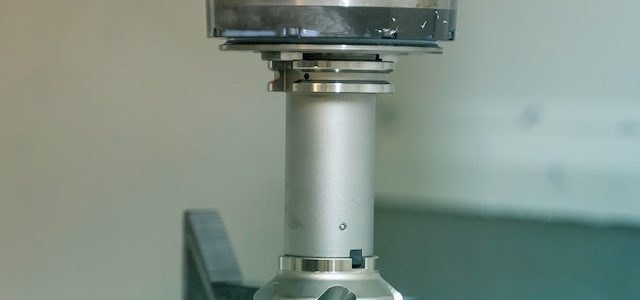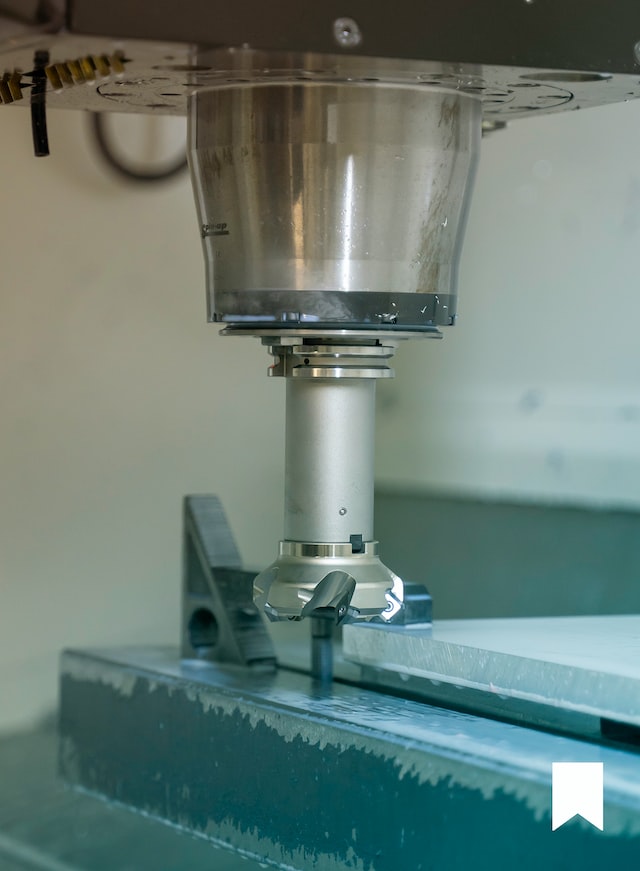Ceiling leaks can be a frustrating problem to deal with. Not only can they cause damage to your property, but they can also be a safety hazard. It’s essential to address ceiling leaks promptly to prevent further damage and potential safety issues. That’s where leak repair specialists come in. In this article, we will discuss what leak repair is, the procedures and tools used, and why you should opt for a specialist to repair your ceiling leak. We will also give you some tips on how to find the best leak repair specialist in Singapore.
What is Leak Repair?
Leak repair is the process of identifying and fixing leaks in a building’s plumbing or roofing systems. A leak can occur due to several reasons, including damage to pipes, joints, or connections. Roof leaks can occur due to damaged shingles, improper sealing, or improper installation. A leak repair specialist is trained to identify the source of the leak and repair it effectively.
Procedures for Leak Repair
The first step in leak repair is identifying the source of the leak. This may involve inspecting the plumbing or roofing system, checking for signs of moisture or water damage, and using specialized equipment such as moisture meters or thermal imaging cameras to locate the leak. Once the leak is identified, the specialist will determine the appropriate repair method. For plumbing leaks, this may involve repairing or replacing damaged pipes, joints, or connections. For roof leaks, the specialist may need to remove damaged shingles, repair the roof membrane, or install new flashing.
Tools Used for Leak Repair
Leak repair specialists use various tools to identify and repair leaks. These may include:
- Moisture meters: Used to detect moisture in building materials, such as drywall or flooring.
- Thermal imaging cameras: Used to detect temperature differences that may indicate the presence of a leak.
- Leak detection equipment: Used to locate leaks in plumbing or roofing systems.
- Plumbing tools: Such as wrenches, pipe cutters, and soldering tools, used to repair damaged pipes or connections.
- Roofing tools: Such as hammers, saws, and nail guns, used to repair or replace damaged roofing materials.
Why You Should Opt for a Leak Repair Specialist for Your Ceiling Leakage?
While some DIY enthusiasts may attempt to repair ceiling leaks themselves, it’s generally best to leave this task to the professionals. Here are some reasons why you should opt for a leak repair specialist for your ceiling leakage:
Experience: Leak repair specialists have years of experience in identifying and repairing leaks, so they are better equipped to handle the job.
Expertise: Leak repair specialists have specialized training and knowledge of plumbing and roofing systems, so they can quickly identify the source of the leak and provide an effective repair solution.
Safety: Repairing leaks can be dangerous, especially if the leak is in a hard-to-reach area. Leak repair specialists have the necessary equipment and training to safely access and repair the leak.
Warranty: Many leak repair specialists offer warranties on their work, giving you peace of mind knowing that if the leak reoccurs, you won’t have to pay for the repairs again.
How to Find the Best Leak Repair Specialist in Singapore?
Finding the best leak repair specialist in Singapore can be challenging, but here are some tips to help you make the right choice:
Check for Licenses and Certifications: Ensure that the specialist you hire has the necessary licenses and certifications to work on your plumbing or roofing system.
Experience: Look for a specialist with several years of experience in leak repair.
Reputation: Check the specialist’s online reviews and ratings to get an idea of their reputation.
References: Ask the specialist for references from previous clients and follow up with them to get an idea of the specialist’s work quality.
Insurance: Ensure that the specialist has liability insurance to cover any damages that may occur during the repair process.
Written Estimates: Ask the specialist for a written estimate of the repair costs, including all materials and labor.
Availability: Look for a specialist who is available to repair the leak promptly to prevent further damage to your property.
Customer Service: Choose a specialist who has excellent customer service and is responsive to your inquiries.
Price: While price should not be the only consideration, look for a specialist who offers competitive pricing for their services.
In conclusion, opting for a leak repair specialist for your ceiling leakage is the best way to ensure that the leak is identified and repaired effectively. Leak repair specialists have the necessary experience, expertise, and tools to safely and efficiently repair leaks. When looking for a specialist in Singapore, ensure that they are licensed and certified, have several years of experience, have a good reputation, and offer competitive pricing. With these tips, you can find the best leak repair specialist in Singapore to help you fix your ceiling leak and prevent further damage to your property.

